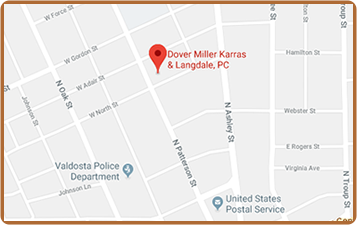The Process
At a typical real estate closing, buyers, sellers, lenders, agents and the closing attorney gather at the law firm. Identification, homeowner’s insurance policies, termite letters, photo ID of the parties, and certified funds are gathered. The attorney will go over the HUD1 settlement statement in detail.
The attorney will then go over each of the loan documents with the buyer and the transfer documents with the seller. Each party will sign its documents. The attorney will provide copies of documents, hand out commission checks and seller funds and see that the keys are transferred. The agents will give advice on transferring utilities and practical matters.
Typical Closing Documents
HUD 1 SETTLEMENT STATEMENT: The settlement statement outlines the monetary aspects of the transaction.
PROMISSORY NOTE AND SECURITY DEED: The note is the lender’s agreement regarding interest rate, term, late charges, prepayment options.
TRUTH IN LENDING DISCLOSURE: An expression of the interest rate “revised” (the APR) to reflect loan costs such as lender fees and private mortgage insurance. This form states the “APR” or the “Annual Percentage Rate” as calculated by the lender.
IRS FORMS W-9, 4506, 8801: Lenders use these forms to collect information about social security number and to authorize them to access actual filed tax returns from the IRS under certain circumstances.
TAX AND INSURANCE ESCROW: Loans often require monthly deposits to a tax and insurance escrow account. This document details the initial deposit and an estimation of the balance in the account the first year.
MISCELLANEOUS LENDER DOCUMENTS: Each loan will have a host of lender forms relating to the specific loan product such as disclosures. There will be many general explanatory forms as well. Each lender and loan product has a slightly different set of forms.
BORROWER AND SELLER AFFIDAVITS: Both buyer/borrower and seller will swear that there are no impending matters that could affect the title to the property.
HOLD HARMLESS: Surveys, termite letters, well and septic inspections are all discussed in hold harmless documents.
DEED: The warranty deed or limited warranty deed will transfer title from the seller to the buyer.
